Retinol Creams: Skin Regeneration
Introduction to Retinol
Retinol, a derivative of Vitamin A, has established a formidable reputation in the world of skincare. Revered for its age-defying properties, this potent ingredient has become a go-to solution for those seeking to rejuvenate their skin. In this comprehensive guide, we delve into the science behind retinol creams, their benefits, application methods, and tips to maximize their effectiveness.
The Science of Retinol

Understanding How Retinol Works: Retinol functions by penetrating deep into the skin to accelerate cell turnover. It aids in the shedding of dead skin cells and the generation of new ones, fostering a smoother, more youthful complexion.
Clinical Studies and Evidence: Numerous studies back the efficacy of retinol in reducing fine lines, wrinkles, and hyperpigmentation. Its capability to stimulate collagen production is a cornerstone of its anti-aging prowess.
Benefits of Retinol Creams
Combatting Signs of Aging: Retinol creams are celebrated for their ability to diminish the appearance of fine lines and wrinkles. They contribute to a firmer, more elastic skin texture.
Improving Skin Tone and Texture: Regular use of retinol can lead to an even skin tone, reducing the visibility of age spots and sun damage.
Acne and Pore Reduction: Retinol's exfoliating properties make it effective in treating acne and reducing the size of pores, leading to clearer and healthier-looking skin.
Choosing the Right Retinol Cream
Concentration Levels: Retinol creams come in various strengths. Beginners should start with a lower concentration (around 0.25%) and gradually increase as their skin acclimates.
Combining with Other Ingredients: Look for retinol creams that contain hydrating ingredients like hyaluronic acid or ceramides to counteract potential dryness.
Packaging and Stability: Opt for retinol creams in opaque, airtight packaging to preserve their potency.
Application Tips for Maximum Efficacy

Starting Slowly: Introduce retinol gradually into your skincare routine, starting with applications a few times a week.
Sun Protection is Crucial: Retinol can increase skin sensitivity to the sun. Always use a broad-spectrum SPF during the day.
Nighttime Application: Apply retinol creams at night as retinol can break down in sunlight, reducing its effectiveness.
Addressing Common Concerns and Myths
Irritation and Sensitivity: Some may experience redness or peeling. This is typically temporary and can be mitigated by using a moisturizer and reducing frequency.
Myth-Busting: Retinol is often surrounded by myths, such as being unsuitable for sensitive skin. In reality, with proper use and gradual introduction, most skin types can tolerate retinol.
Advanced Retinol Techniques
Combining with Professional Treatments: For enhanced results, retinol can be combined with professional skin treatments. Consult a dermatologist for personalized advice.
Layering with Other Skincare Products: Understanding how to layer retinol with other skincare products is key. Generally, apply retinol after water-based serums and before heavier creams.
Conclusion: The Path to Revitalized Skin
Retinol creams are a powerhouse in skin regeneration, offering a multitude of benefits from anti-aging to improving skin texture. With the right product, proper application, and patience, retinol can be a transformative addition to your skincare routine.
FAQs About Retinol Creams
-
Q: Can retinol be used under the eyes?
- A: Yes, but with caution due to the area's sensitivity.
-
Q: How long does it take to see results from retinol creams?
- A: Typically, noticeable results are seen after 4-6 weeks of consistent use.
-
Q: Is retinol suitable for all skin types?
- A: Generally, yes, but individuals with certain skin conditions should consult a dermatologist first.
Incorporating retinol creams into your skincare regime could be your secret weapon for youthful, radiant skin. Embrace this ingredient's transformative power and step into a world where age is truly just a number.


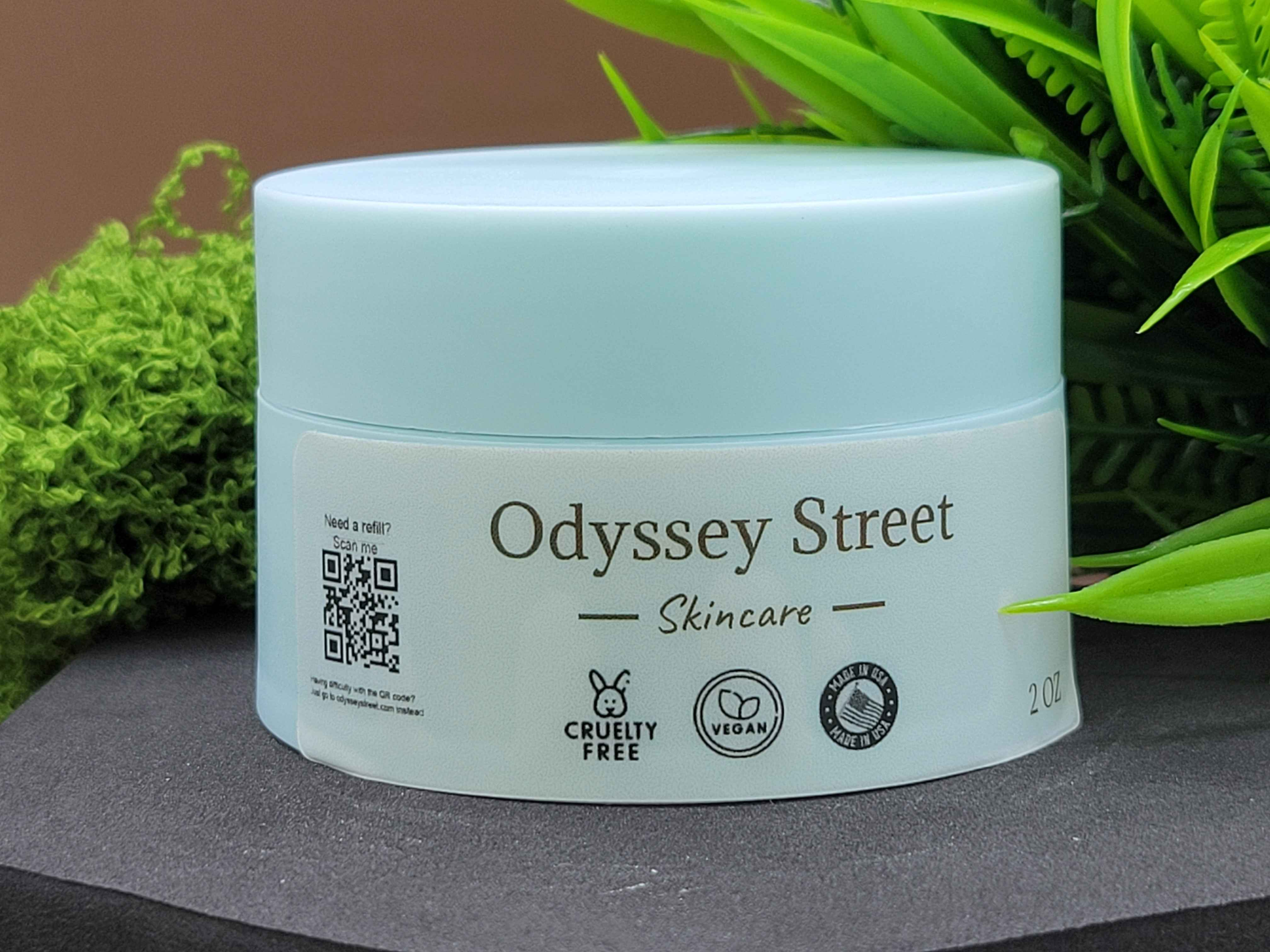
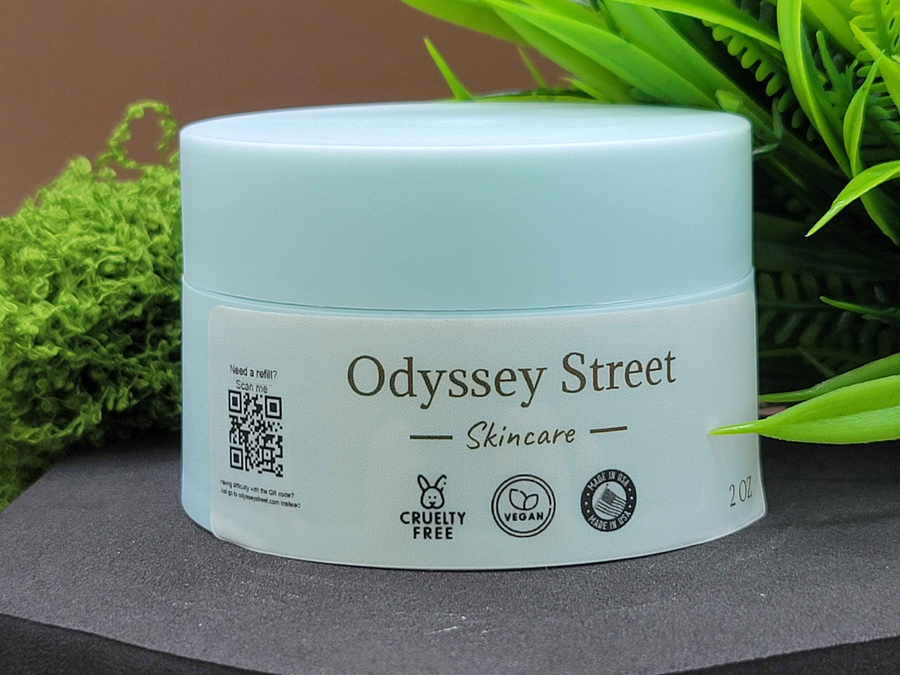
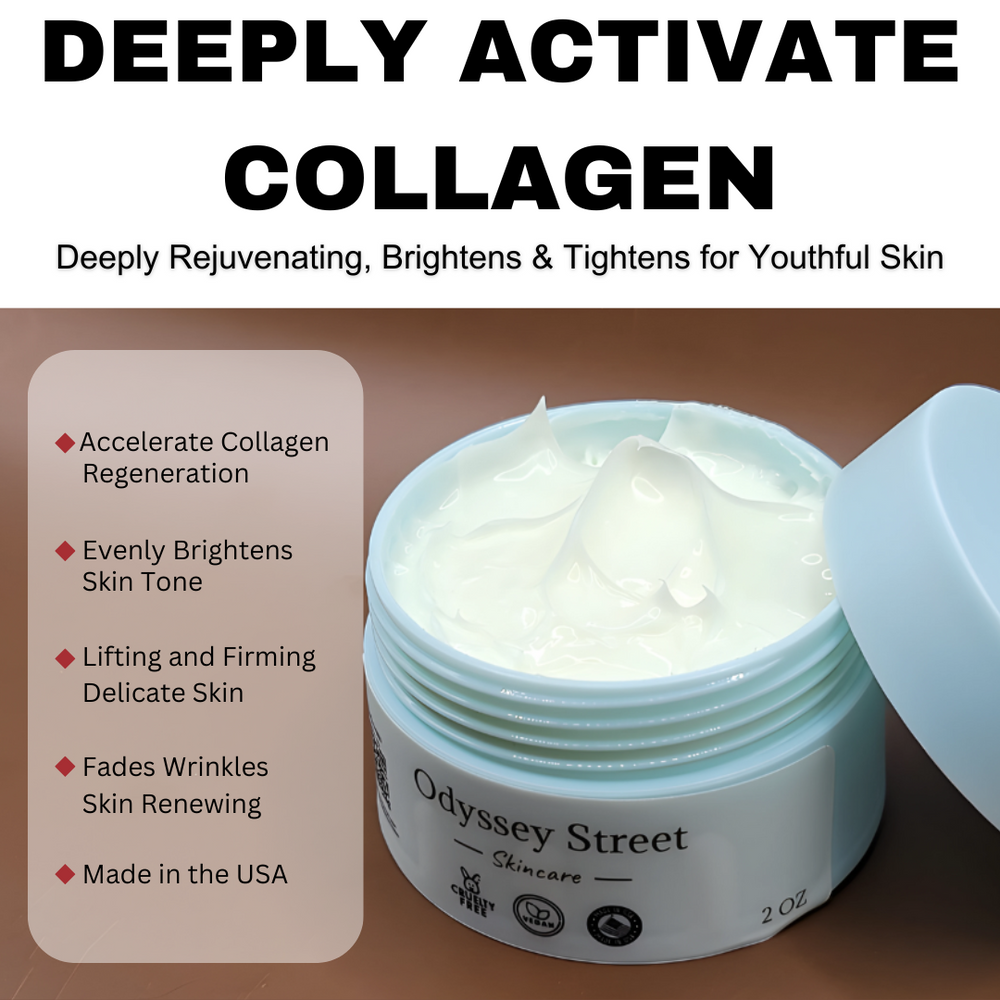




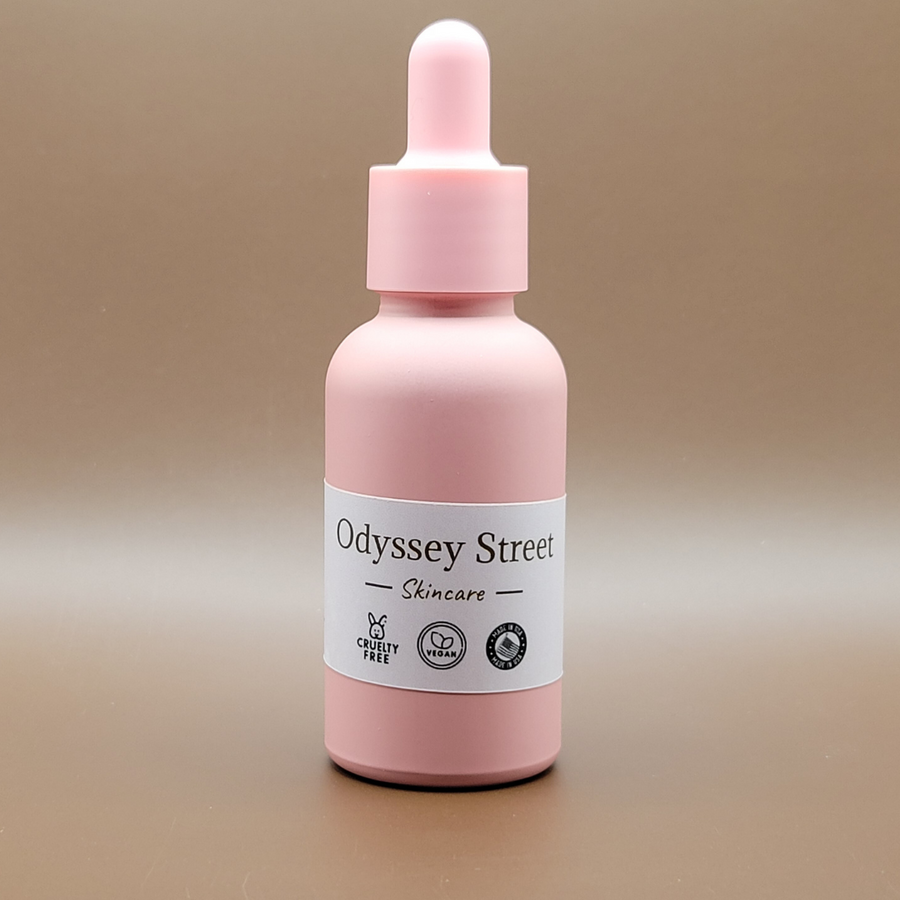
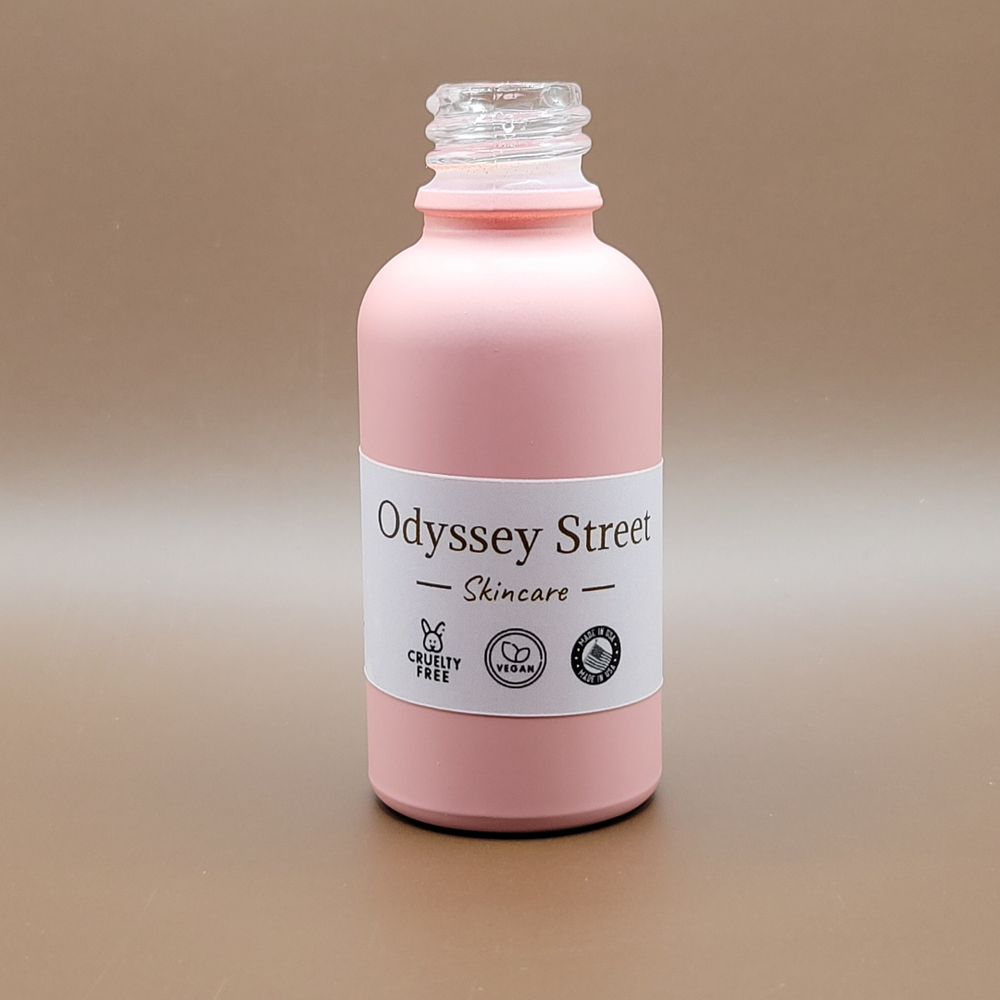
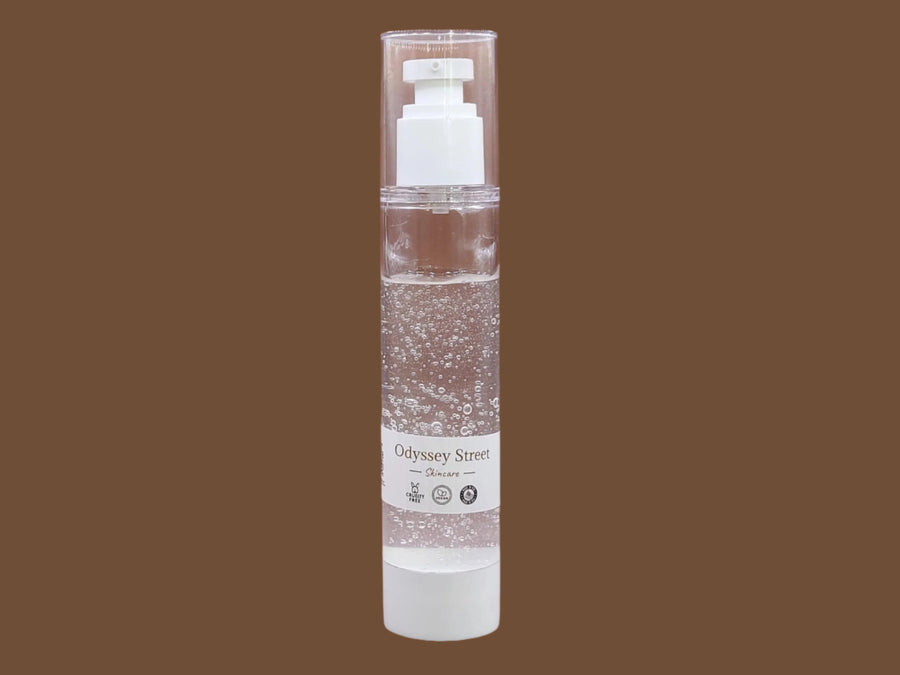
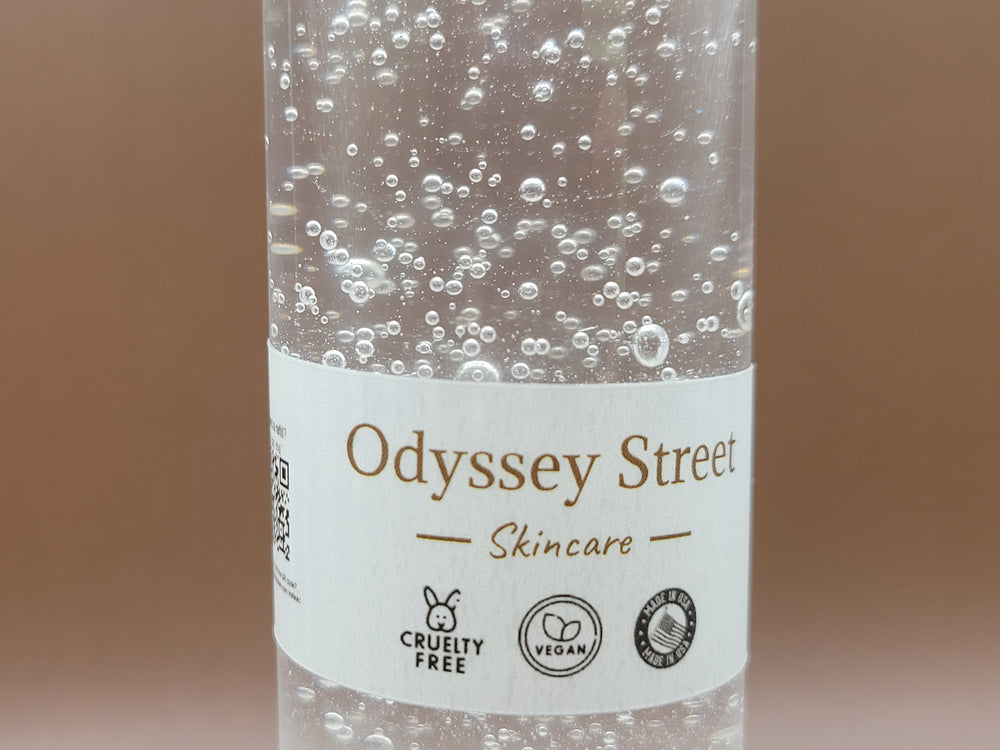
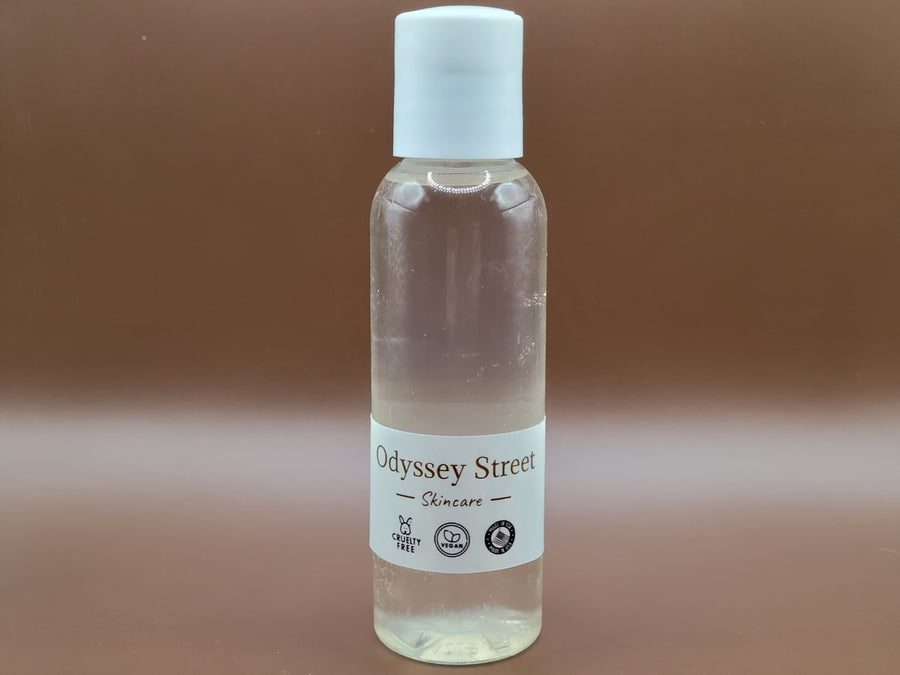
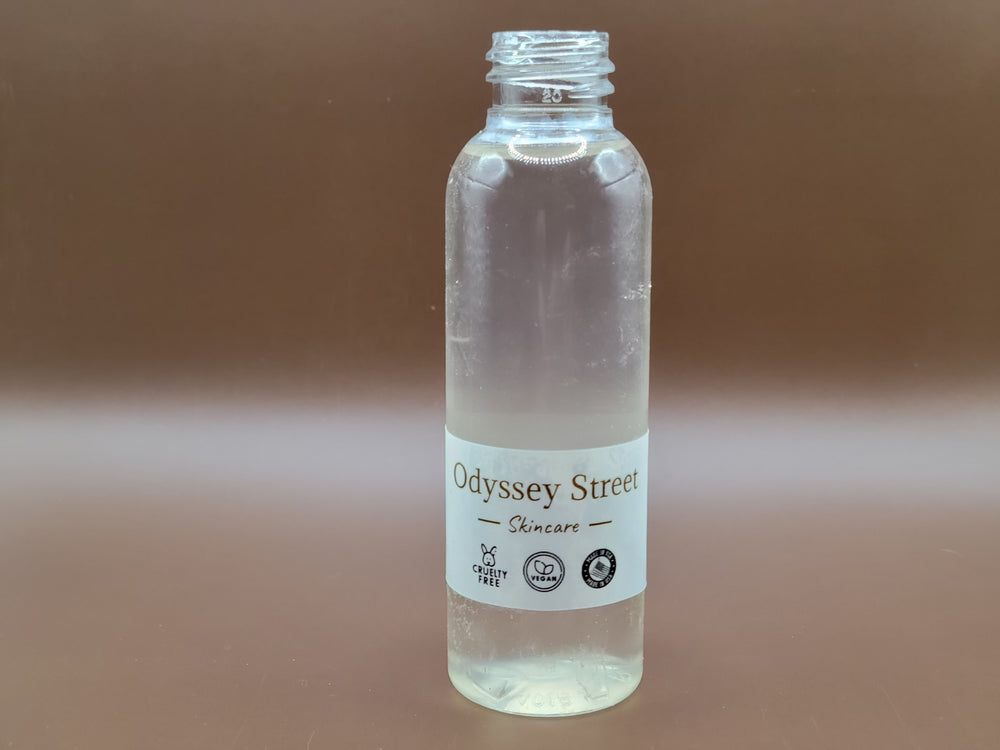

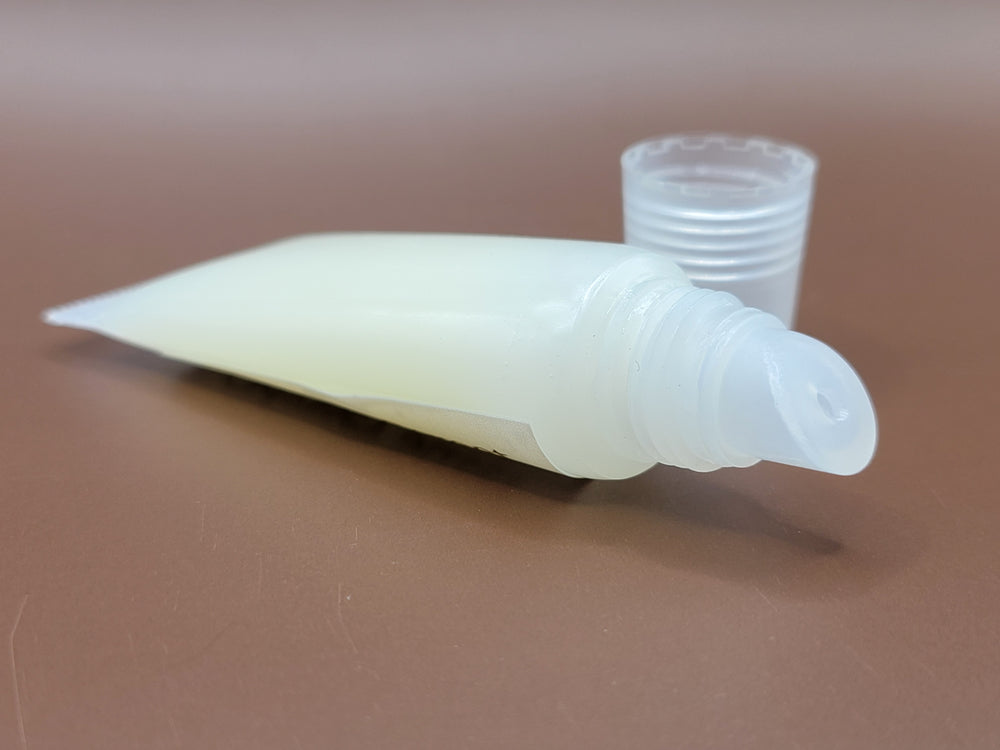
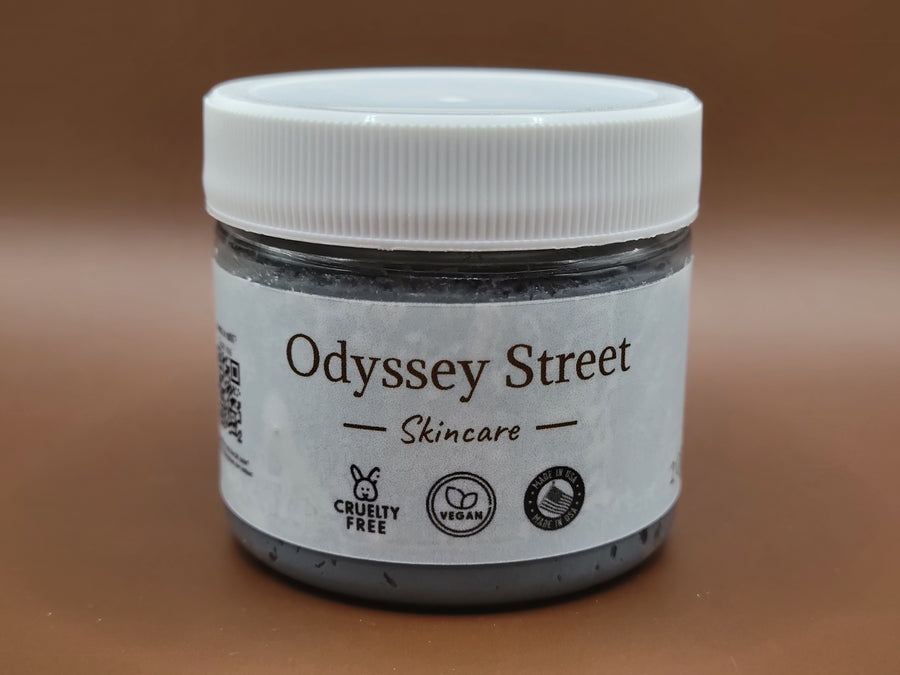
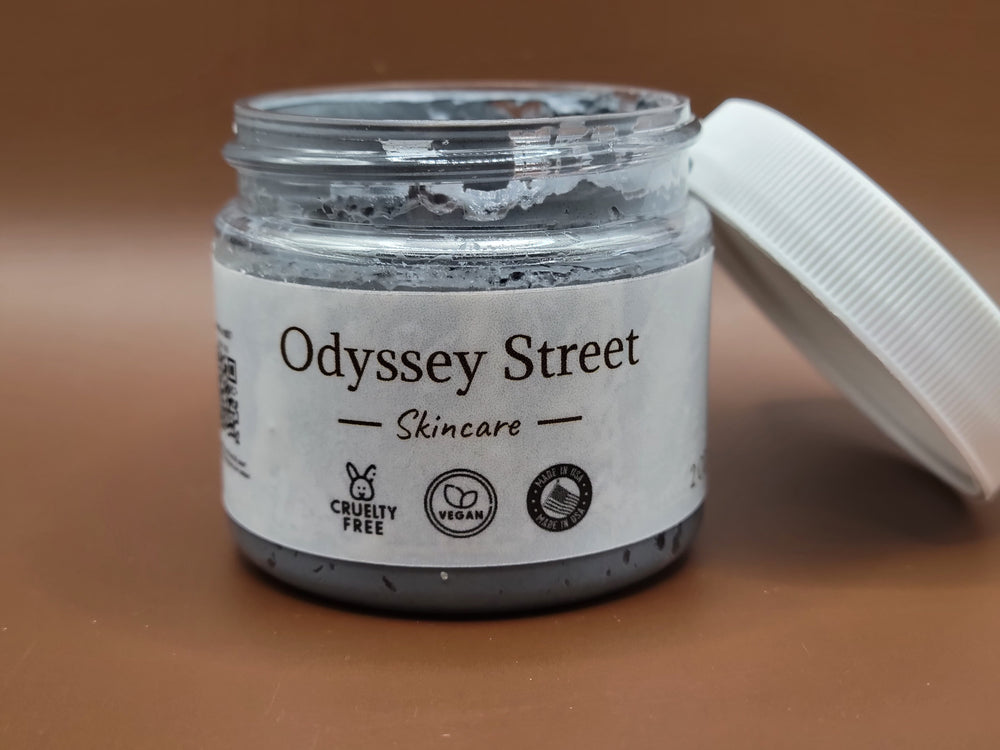
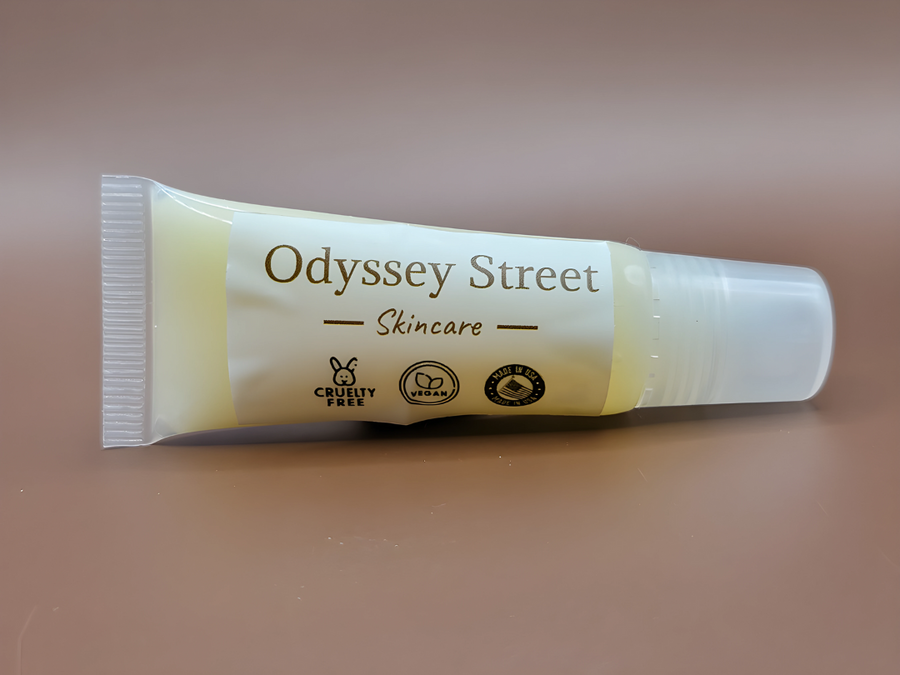
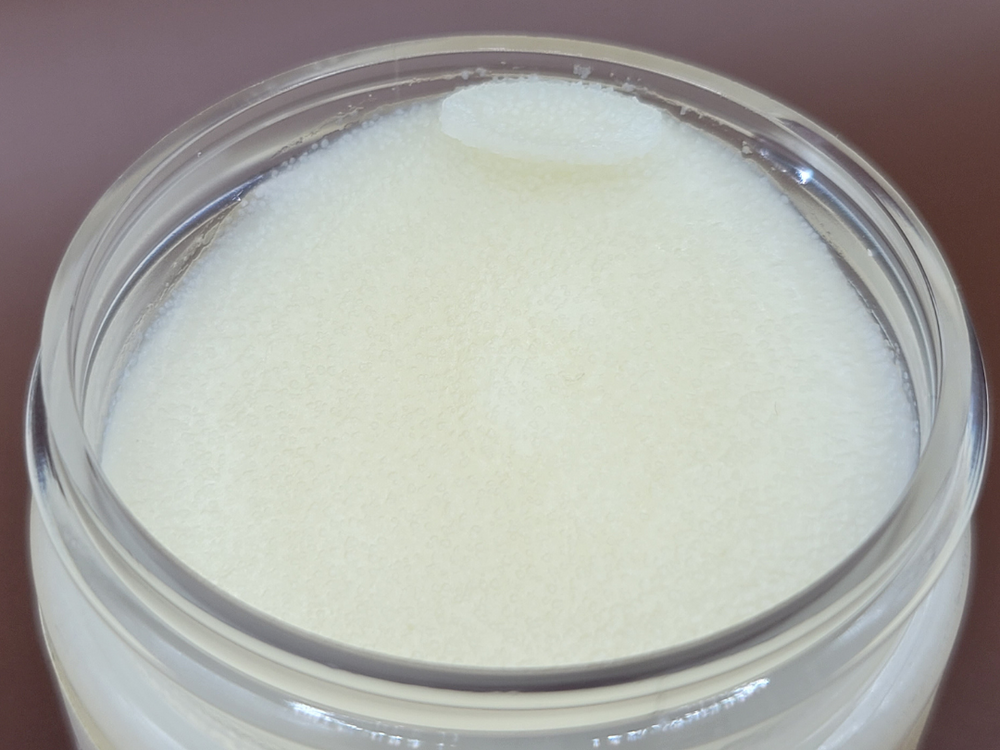
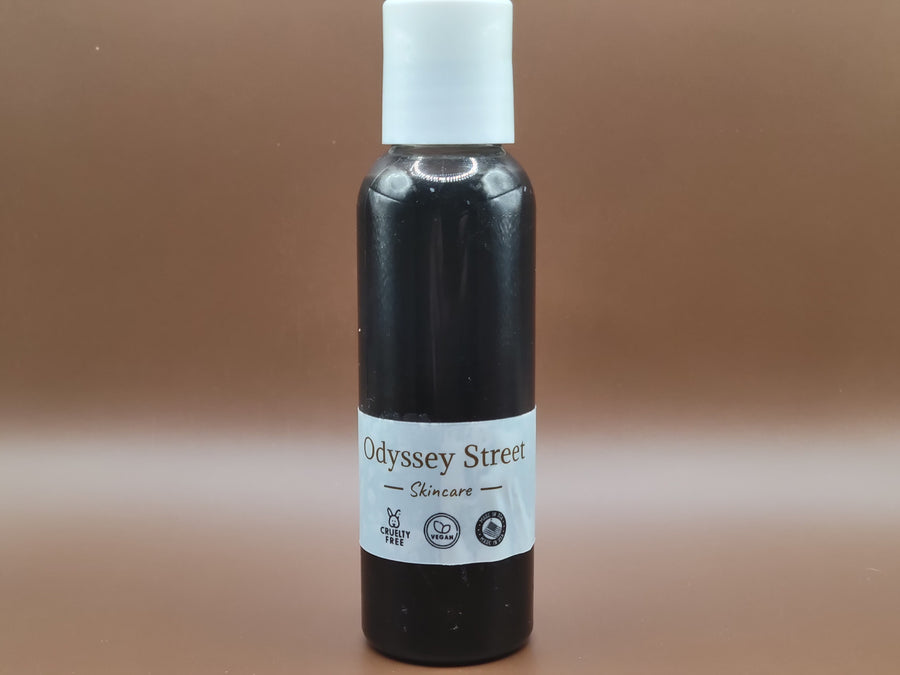
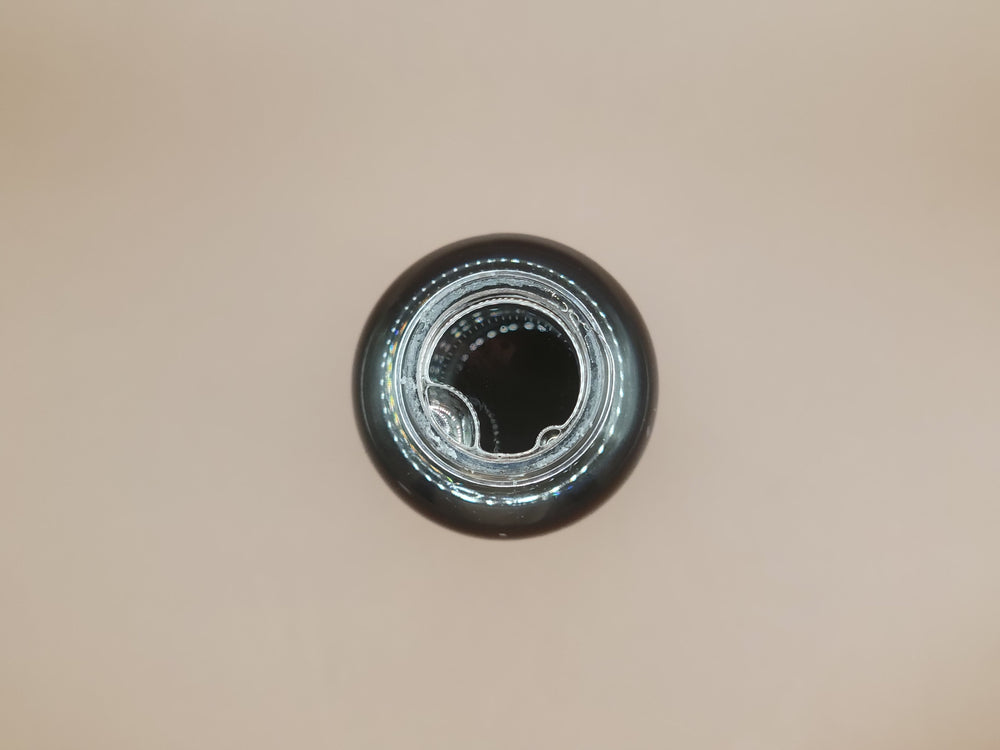
Leave a comment